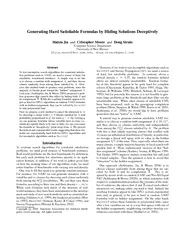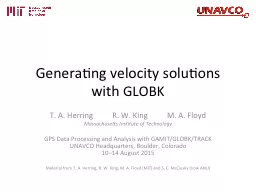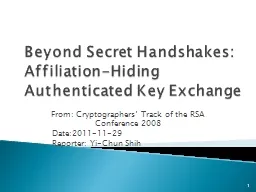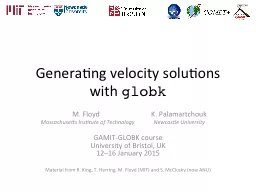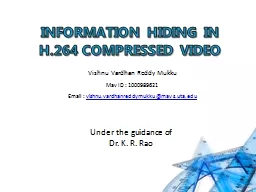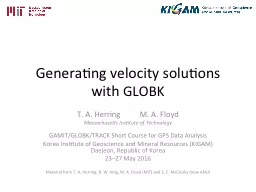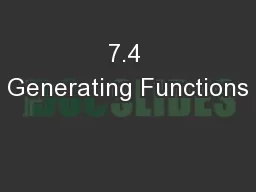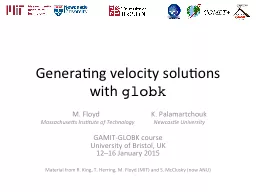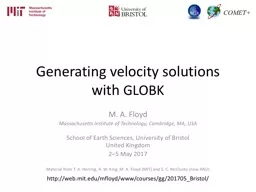PDF-Generating Hard Satisable Formulas by Hiding Solutions
Author : jane-oiler | Published Date : 2015-05-25
unmedu dougstraingmailcom Abstract To test incomplete search algorithms for constraint satisf ac tion problems such as 3SAT we need a source of hard but satis64257able
Presentation Embed Code
Download Presentation
Download Presentation The PPT/PDF document "Generating Hard Satisable Formulas by Hi..." is the property of its rightful owner. Permission is granted to download and print the materials on this website for personal, non-commercial use only, and to display it on your personal computer provided you do not modify the materials and that you retain all copyright notices contained in the materials. By downloading content from our website, you accept the terms of this agreement.
Generating Hard Satisable Formulas by Hiding Solutions: Transcript
Download Rules Of Document
"Generating Hard Satisable Formulas by Hiding Solutions"The content belongs to its owner. You may download and print it for personal use, without modification, and keep all copyright notices. By downloading, you agree to these terms.
Related Documents

